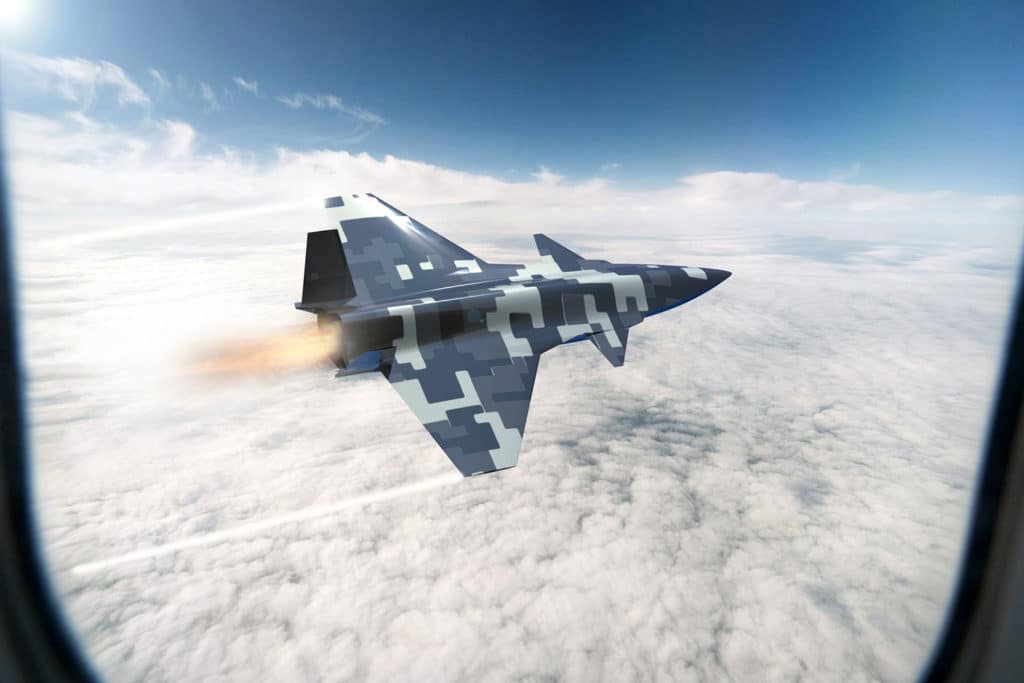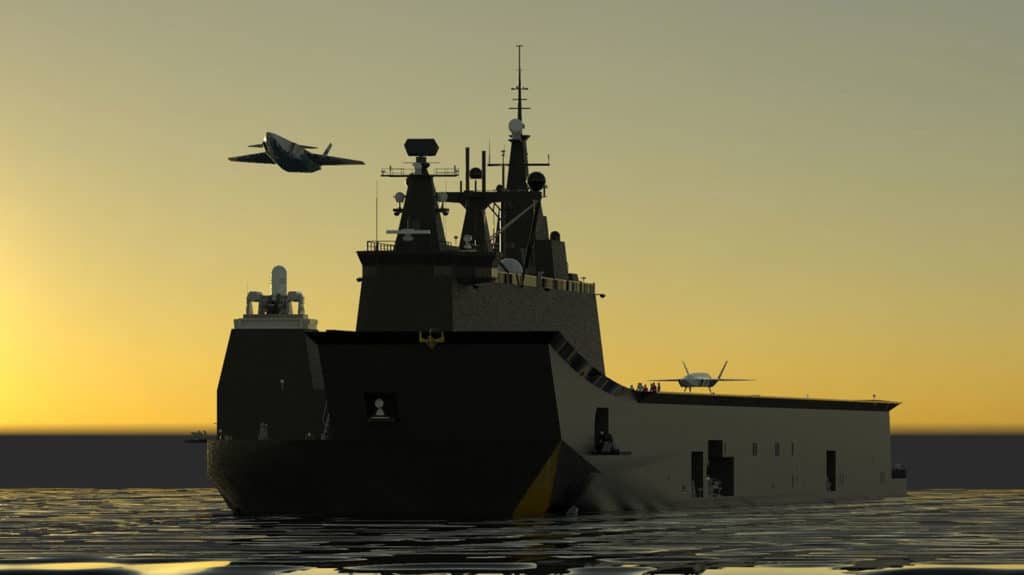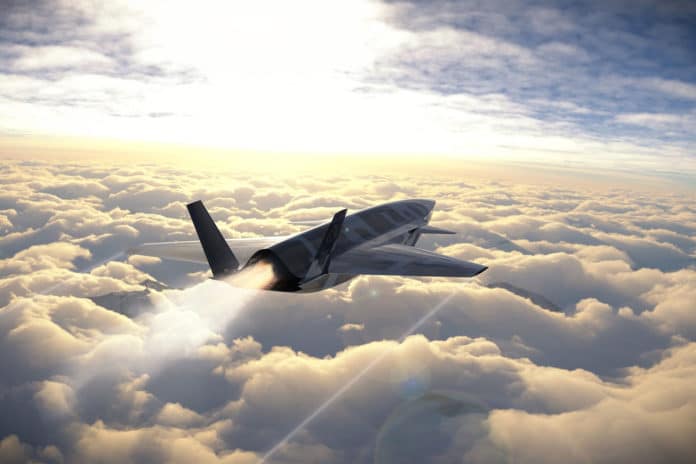Baykar Defence, a Turkish defense company specializing in UAVs, has introduced the MIUS Project by releasing images of its conceptual design for an Unmanned Combat Aircraft System (UCAV) for the first time.
The MIUS combat aerial vehicle will be a single-engine unmanned aircraft that features a tailless, blended wing body design optimized for reduced radar cross-section (RCS). The air intakes are located on each side of the fuselage.

While specifications of the aircraft have not been shared, MIUS reportedly will be able to fly at supersonic speeds and achieve a projected altitude of at least 40,000 feet. The take-off weight is expected to be in the 3,500–4,500 kg range. The combat aircraft system will carry 1,500 kg of payload and munitions, including air-to-air, air-to-surface, and air-launched cruise missiles. It is assumed that the Turkish drone will receive an AI-25 turbofan engine developed by the Ukrainian Ivchenko Progress company.
The MIUS combat drones will be able to land on that short runway and deploy using the inclined bow ramp. The Unmanned Combat Aircraft System will incorporate artificial intelligence (AI) and intelligent fleet autonomy technologies, enabling multiple air vehicles to operate independently or fly alongside and support manned fighter aircraft.

Turkey is in the final stages of construction of the multi-purpose amphibious assault ship TCG Anadolu. The TCG Anadolu will be able to deploy between 30 or 50 Bayraktar TB-3 drones (in development) and the future MIUS. At least ten armed drones could be simultaneously used in operations and integrated into a command-and-control center on the ship.
The first prototype of MIUS combat aircraft is scheduled to fly in 2023. It will be subsonic, while the following prototypes are expected to be capable of attaining supersonic speeds.
